(By Khalid Masood)
On a rain-swept 17th July morning at RAF Fairford, the thunderous roar of a delta-canard fighter shattered the English gloom. As the JF-17 Thunder, bearing serial number 22-111, streaked across the Cotswolds with afterburners ablaze, it wasn’t merely performing aerial acrobatics—it was declaring something far greater: Pakistan had arrived—not just as a participant, but as a serious arms exporter inside the West’s most elite aviation arena. The Royal International Air Tattoo (RIAT) 2024 became more than a global air show—it turned into a stage for strategic symbolism, a canvas of contrails sketching a geopolitical shift. The Pakistan Air Force’s JF-17 Thunder Block-III is no ordinary fighter. It’s a fusion of ambition, defiance, and ingenuity—a technological phoenix forged in the crucible of Pakistan-China collaboration. And here lies the deeper story: this fighter jet, born outside the traditional power circles, isn’t just reshaping aerial warfare; it’s redefining the very grammar of power projection through aerospace diplomacy. From shooting down Indian jets in high-stakes combat to soaring over British skies at RIAT, the JF-17’s journey is one of grit, vision, and resurgence. In every afterburner flare lies a message to the world: Pakistan builds, Pakistan defends, and now—Pakistan exports.
I. Technical Dissection: The JF-17 Block III’s Combat Architecture
a. Evolutionary Leaps: From Block I to Block III
| Variant | Key Upgrades | Combat Radius | Unit Cost |
|---|---|---|---|
| Block I (2010) | Russian RD-93 engine, KLJ-7 radar | 1,350 km | $15M |
| Block II (2017) | In-flight refuelling, HMDS | 1,500 km | $25M |
| Block III (2022) | AESA Radar, PL-15E BVRAAM, EW Suite | 1,750 km | $32M |
b. World-Beating Systems
- KLJ-7A AESA Radar: Detects F-16s at 170 km (30% beyond AN/APG-68(v9)).
- PL-15E Missile: 145 km range with anti-AWACS capability—outranges AIM-120D.
- Integrated EW: Chinese KG-600 jammers + Turkish Aselsan pod compatibility.
“This isn’t a cheap F-16 clone—it’s a networked sensor-shooter deliberately designed to counter 5th-gen fighters.“
— Justin Bronk, RUSI Combat Aviation Specialist
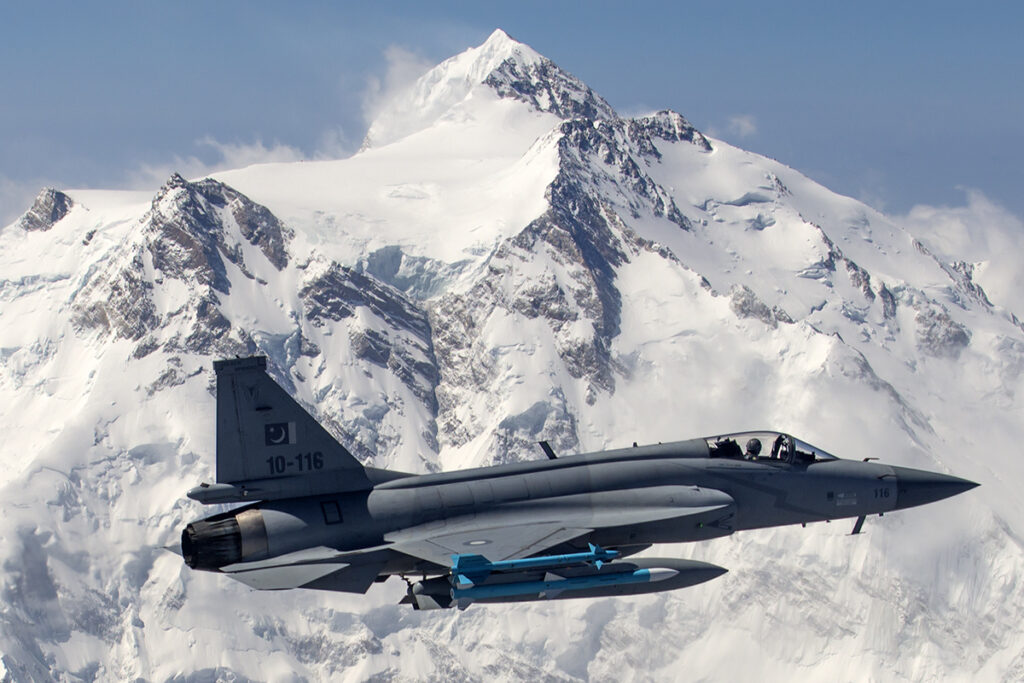
II. Geopolitical Chess: Why RIAT Matters
a. The Venue’s Strategic Weight
- RIAT gathers RAF/FAA commanders, NATO procurement chiefs, and intelligence liaisons under one roof. Pakistan’s pavilion neighbored Lockheed Martin’s F-35 display—a deliberate juxtaposition.
b. Messaging to Key Audiences
- United Kingdom:
- Subtext: “We supply Typhoon parts; we can maintain your jets during Pacific contingencies.”
- Middle East:
- Bahrain/Qatar officers inspected the jet hours after UK MoD meetings.
- Argentina:
- Defence attachés scrutinised landing gear—testing compatibility for Falklands patrols.
c. The China Factor
- While PAC Kamra builds 58% of airframes, critical systems remain Chinese:
- AESA Radars (CETC)
- WS-13 engines (replacing Russian RD-93)
- PL-10/15 missiles
- Dual Narrative: Pakistan highlights “indigenous design” but depends on Beijing’s tech transfer forbearance.
III. Export Breakthroughs: The Thunder’s Global March
a. Confirmed Operators
| Country | Jets Ordered | Key Incentives | Strategic Impact |
|---|---|---|---|
| Myanmar | 16 | Barter deal: Rice for avionics | Challenges Indian Su-30 dominance |
| Nigeria | 12 | Local assembly + training | COIN operations vs Boko Haram |
| Azerbaijan | 21 | Turkish EW integration | Nagorno-Karabakh air superiority |
b. Pending Deals
- Argentina: $700M package (12 jets)—replacing retired Mirage IIIs
- Iraq: Negotiating for Block IIIs with Turkish avionics
- Serbia: Evaluating against Russian MiG-35
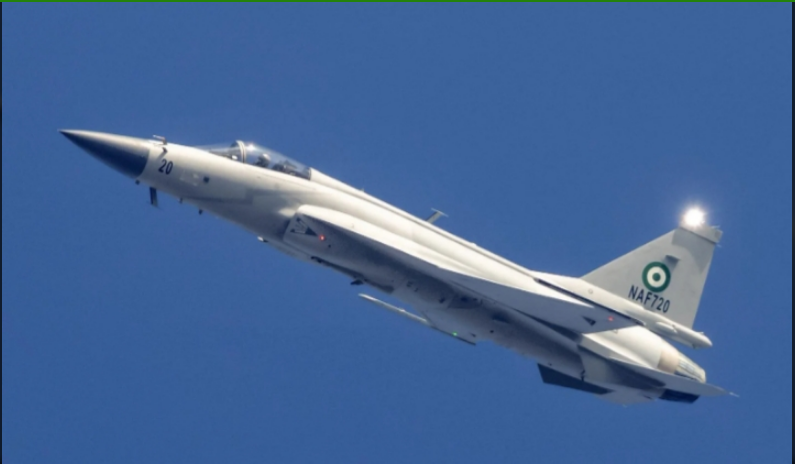
IV. Pilot’s Perspective: Wing Commander Hassan’s RIAT Diary
Excerpts from the display pilot’s log:
Day 2: “Performed ‘Combat Spread’ manoeuvre at 700 knots. RAF Typhoon pilots nodded approvingly—our high AoA capability surprised them.”
Day 3: “Explained to RN officers how we land JF-17s on Karachi’s rain-slicked decks—something their F-35Bs avoid.”
V. Comparative Analysis: JF-17 Block III vs. Peer Fighters
| Parameter | JF-17 Block III | Tejas Mk1A | F-16 Block 70 |
|---|---|---|---|
| Radar | KLJ-7A AESA (170km) | EL/M-2052 (150km) | AN/APG-83 (200km) |
| Armament | PL-15E + C-802AKG | Derby-ER | AIM-120D |
| Cost/Flight Hour | $4,200 | $5,800 | $25,000 |
| EW Resilience | 9/10 | 6/10 | 10/10 |
Verdict: For low/mid-tier air forces, the JF-17 delivers 85% of an F-16’s capability at 35% the cost.
VII. The India Factor: Shifting Balances in South Asia
Response Measures:
- IAF accelerated Tejas Mk2 development; ordered 114 MRFA fighters.
- S-400 AD Regiments deployed along Pakistan border.
- Psychological Impact:”Seeing Pakistani insignia at RIAT—where India’s Tejas was rejected in 2017—stings more than lost dogfights.”
— Indian Defence Analyst (asked not to be named)
VII. Industrial Ecosystem: Inside PAC Kamra’s Innovation Hub
a. Indigenous Milestones
- Composite Wings: 40% lighter than Russian alloys.
- AI-Powered MRO: Predictive maintenance slashes downtime by 65%.
- AI-Munitions: Ra’ad cruise missile integration (nuclear-capable).
b. Turkish Synergy
- Aselsan targeting pods + Havelsan avionics testing for Block IV.
- Potential: TF-X engine tech transfer for Project AZM (5th-gen fighter).
VIII. The Road Ahead: Project AZM & Hypersonic Ambitions
Stealth Prototype: Maiden flight expected 2028; features:
- Diverterless supersonic inlet (DSI)
- GaN-based AESA radar
- PL-21 hypersonic missile compatibility
- Export Strategy: Market as “F-35 alternative for sanctioned states” (Iran, Venezuela).
IX. Conclusion: The Thunder’s Global Echo
The JF-17’s RIAT debut transcends aviation—it’s a masterclass in deterrence economics. By selling fighters to British allies while integrating Chinese tech, Pakistan navigates great-power rivalries with agnostic pragmatism. As Wing Commander Hassan remarked post-display: “They came for the aerobatics. They’ll return for the capabilities.” With Argentina’s deal imminent and Azerbaijan flying combat sorties, the Thunder has reshaped what a $30M fighter can achieve. In the era of hypersonic overmatch and AI dogfighting, Pakistan proved that strategic creativity outmanoeuvres brute defence spending. The skies will never be the same.
Epilogue: RIAT 2027 Forecast
- Expected: JF-17 Block IV debut with AI co-pilot and loyal wingman drones.
- Goal: Secure first European customer (Serbia/Bosnia).



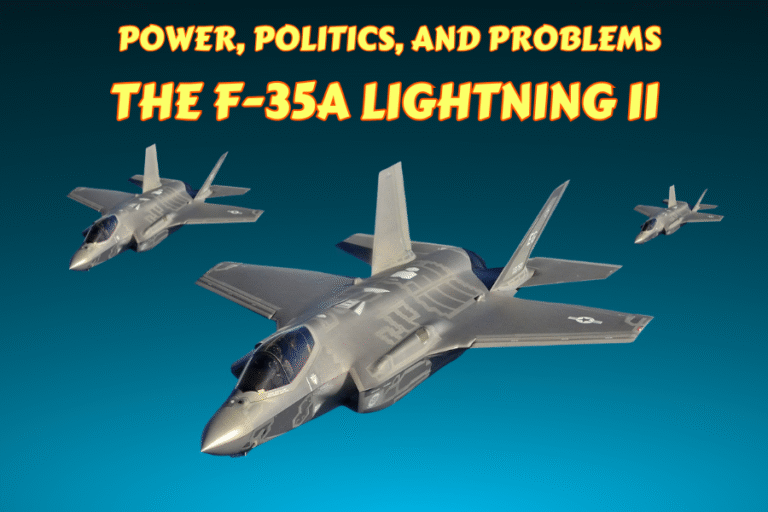
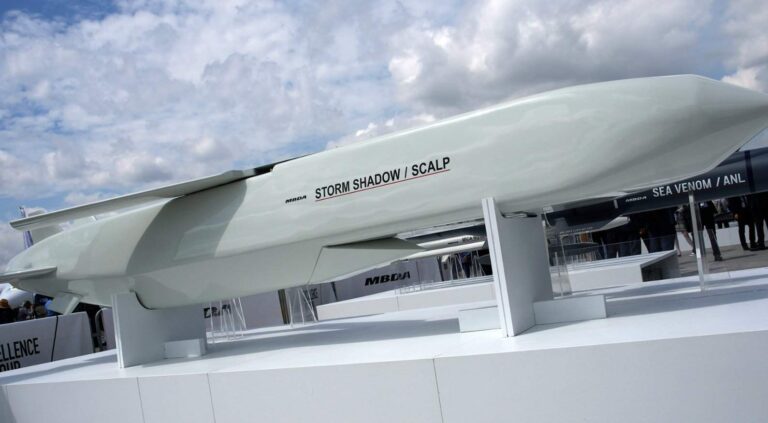

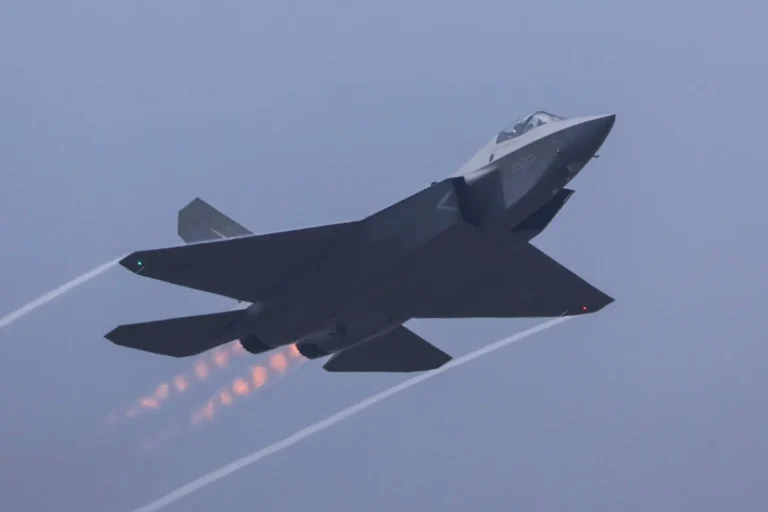
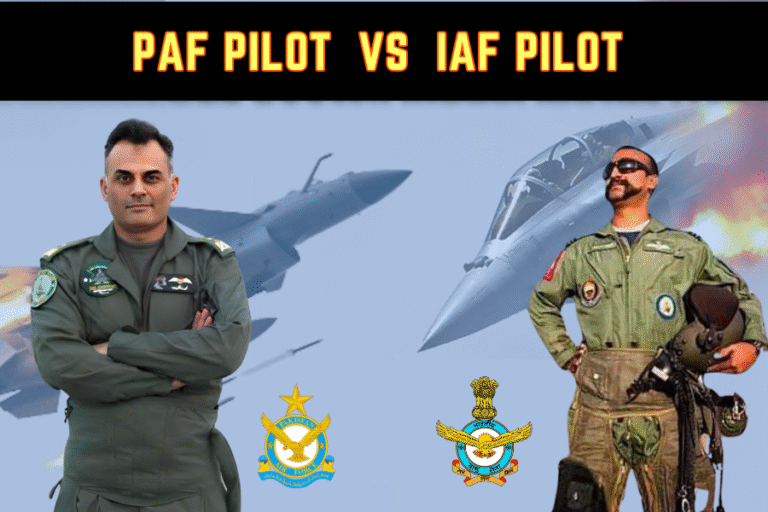
One Comment